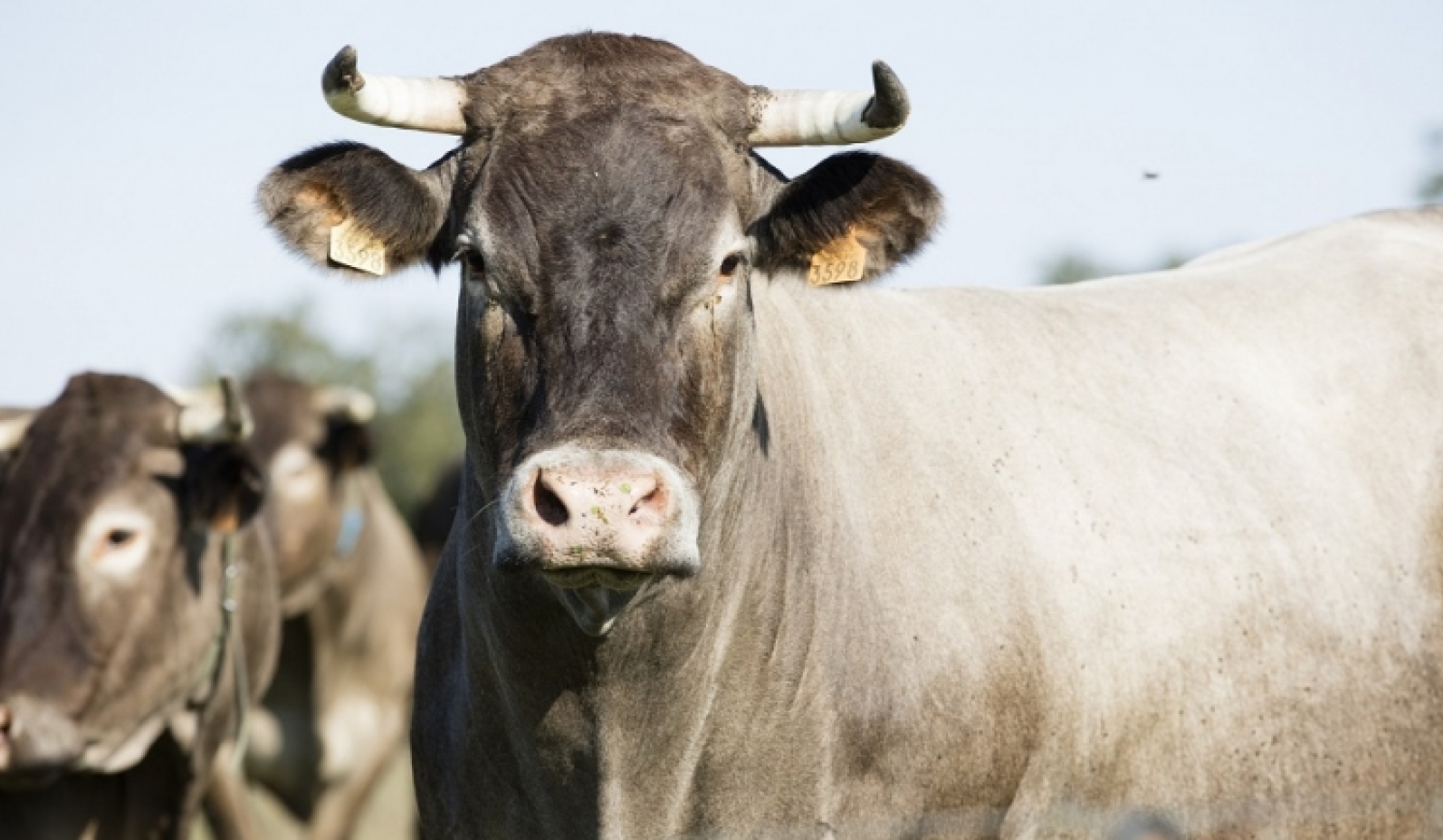Who was Cerise?
#Cerise, Bazadaise, mascot of # SIA2016
Cerise, a Bazadaise, died accidentally on July 27, 2016 at the age of 9, while giving birth to a calf. Cerise was a cow who loved the fine hay harvested by her breeder, grazing in the fields, and leading her peaceful life in the open air.
In the life of a breeder, there are cows that leave more of a mark than others. For Joël Sillac, Cerise's breeder, she was a cow who wouldn't leave you indifferent. The breeder has high hopes for Margot, one of Cerise's offspring, and who already stands out from the rest. As for Milady, the young heifer that Cerise gave birth to in July, she is also doing very well.
Joël Sillac, #Cerise's breeder
Joël grew up on the family farm surrounded by Bazadaise cows and became a farmer at the age of 20 by taking over the family farm, which at the time had only 12 cows. Today, Joël works with his wife Angélique on their 160 hectare farm, more than half of which is grass to feed the herd. Their herd is made up of 160 animals: 60 cows, as many heifers who will later become cows, two bulls, young calves and a dozen oxen that contribute to the breed's reputation for quality beef.
For Joël, having Cerise as the mascot of the 2016 edition of the International Agricultural Show is a bit like being an ambassador for all Bazadaise breeders. It is also a way to promote the breed and show that these animals are adapted to all types of agriculture, climates, plains and mountains. The Bazadaise breed is steeped in history, respectful of traditions but it also has a bright future thanks to its breeding and beef-producing qualities.
The Bazadaise breed: straight from the Landes
The Bazadaise breed was born in the heart of the Massif Landais in Bazas, south-west of Bordeaux. Originally a working breed that was used in vineyards and logging, the Bazadaise breed was redirected towards meat production after World War II as mechanisation became increasingly widespread in agriculture.
With a coat that can vary from light to dark grey, or even charcoal towards the head, the horns of the Bazadaise are strong and ovoid at the base. With a lively and elegant appearance, it stands out through its slender frame, its balanced shape, its broad head and pinkish muzzle.


